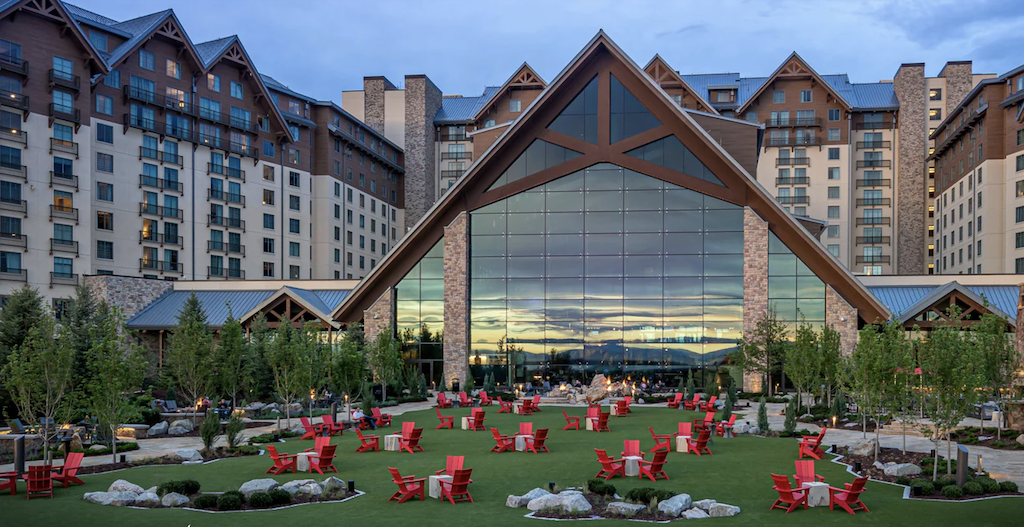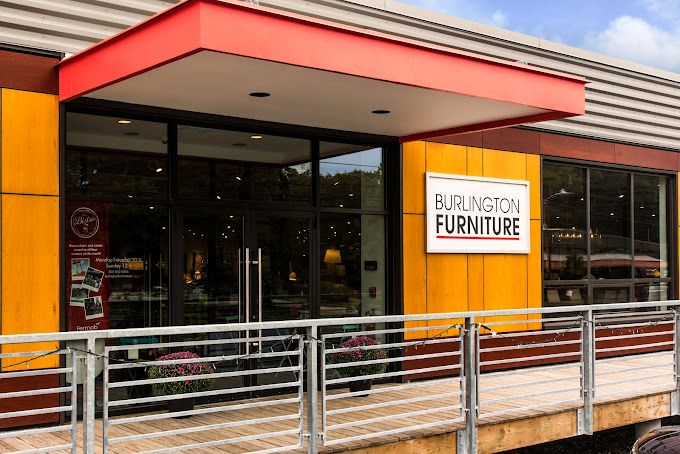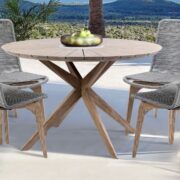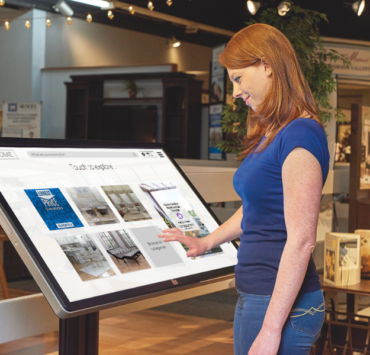What would become Burlington Furniture in Burlington, Vermont, started four decades ago as a load of 14 futons brought from Boston by a recent college grad, Mark Binkhorst.
An unlikely business start, at best, but Binkhorst figured — and rightly so — that futons would sell.
“It was a slow and gradual evolution, from futons to futons and frames and covers and furniture,” says Binkhorst. “We became a manufacturer and wholesaler of futons and decided in 2004 that manufacturing wasn’t viable.”
The factory-turned-futon-retailer would move into modern home furnishings and would target higher-end goods in a 45,000 square-foot facility. It was only recently that Burlington Furniture decided to take it outside.
“As the pandemic grew, we wanted to figure out how to remain relevant,” says Binkhorst. “The only way to grow is by growing market share and moving into categories that we could develop. Outdoor is the fastest-growing category in furniture store business.”
Binkhorst has learned that outdoor is a very territory-based industry, and there are other players in the market that have exclusivity. To counter that, he relied on high-end brands, added in some mid-lines, developed his own private label and committed to ordering full containers.
“We are committed to the category, and we are here long-term,” he says. “We are more than a furniture store and interior design service. Our customers were asking us to do the whole home and also the outdoor. It’s a seasonal business; we have a year-round presence so they know this is what we offer, so when the season comes, we are top of mind.”
He said that it’s been a challenging time for outdoor as of late.
“Two years ago, we had rain and smoke from Canada, and last year, the smoke was in Europe,” Binkhorst says. “But we have solidified brands and found what we are comfortable in carrying. There are a proliferation of vendors coming into the category and it is over-saturated at this point.”
The biggest challenges since Covid have been operations, inventory management and control, and logistics. Right now, he says he is looking to add to his marketing team so that people will know Burlington Furniture as a place to purchase outdoor — at a time when the business is starting to slow somewhat.
“I traded my crystal ball for an eight ball on my desk,” he says. “It says ‘better not to tell you now’ or ‘ask again later.’ There is a chance that there could be a protracted slowdown, but the key is to manage business successfully, to keep a good cash flow.”
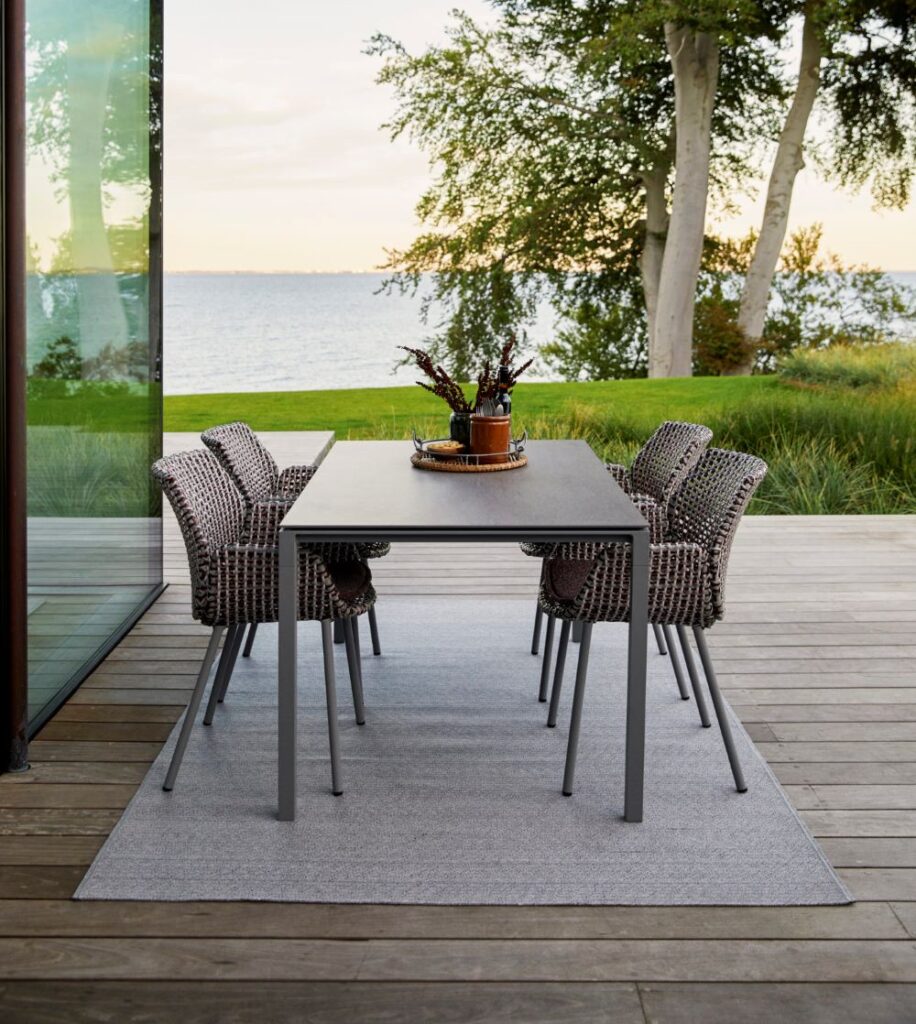
To get the word out, Binkhorst uses social media — and has adopted several causes, including the environment and Habitat for Humanity.
“You need to tell a genuine story and make a connection with your customer base,” he says. “We are dialed into the community to tell our stories, to create an honest and true connection with customers. It’s in our DNA to help and be good.”
To decide on what to carry, Burlington Furniture searches for true partnerships, where both the manufacturer and the retailer trust and respect each other. From a more technical perspective, the retailer is looking to have a portal at their fingertips and access to digital assets and a price list.
“We don’t have the resources to do it the old way anymore,” says Binkhorst. “We have a vision of who we are and what we like. They have to be vetted, not only outdoor but affordable with good design. We want a sufficient margin. We want to know who they are, that they stay in their lane and we stay in ours. We look for people who respect the integrity of the marketplace.”
To set themselves apart, Burlington Furniture has concentrated on the goods: good customer service, good furniture, good people and good connections to the community. He says that can help when doing battle with new competitors.
“It’s a daily challenge with online,” Binkhorst says. “Sometimes we price match. But they should appreciate the service we are giving them. It’s a respectful relationship that goes both ways.”
Any advice for struggling casual retailers today?
“Go narrow and deep and choose who your key vendors will be,” he says. “Be important to them, have them be important to you. Don’t spread yourself too thin. Do what you can to market.
“Or get out of the business. Being in the retail furniture business is not for the faint of heart. Maybe the best advice you could give them is that maybe they could enjoy life instead of struggling. You have to assess the reality of where you are and what the marketplace is and how it is changing. Assess the marketplace and work with it. Know your customer and know what their needs are. If you are a Polywood dealer, fill the room with it. Don’t just put two chairs by the door.”



